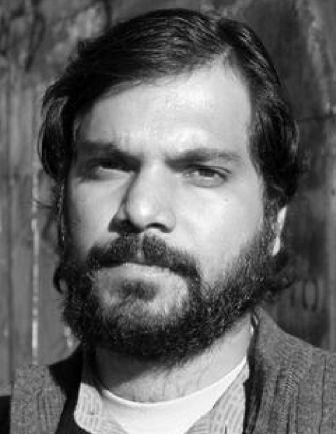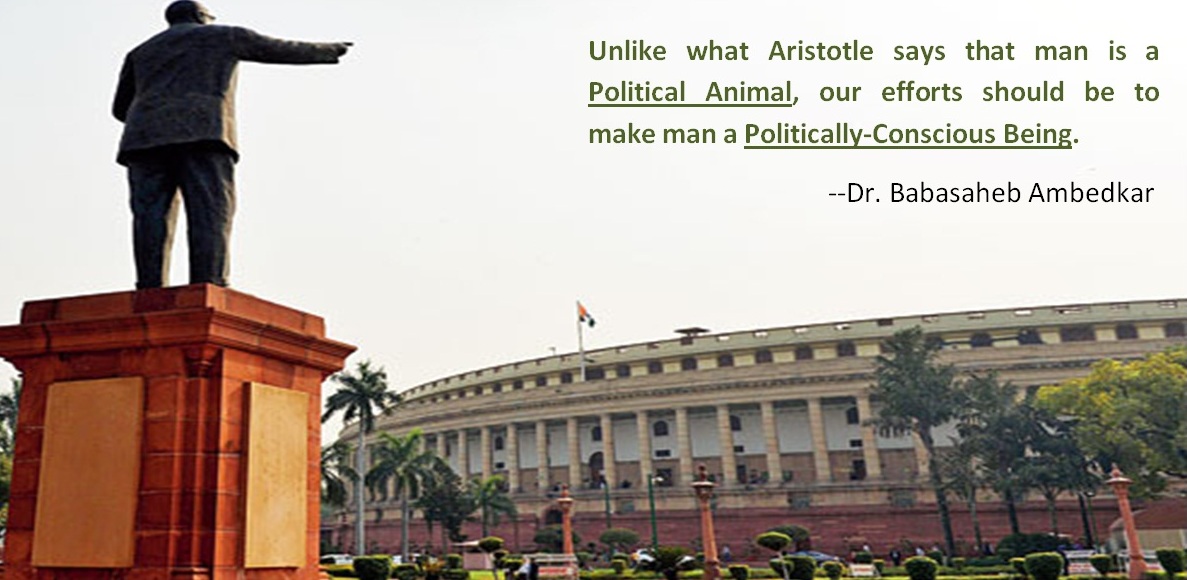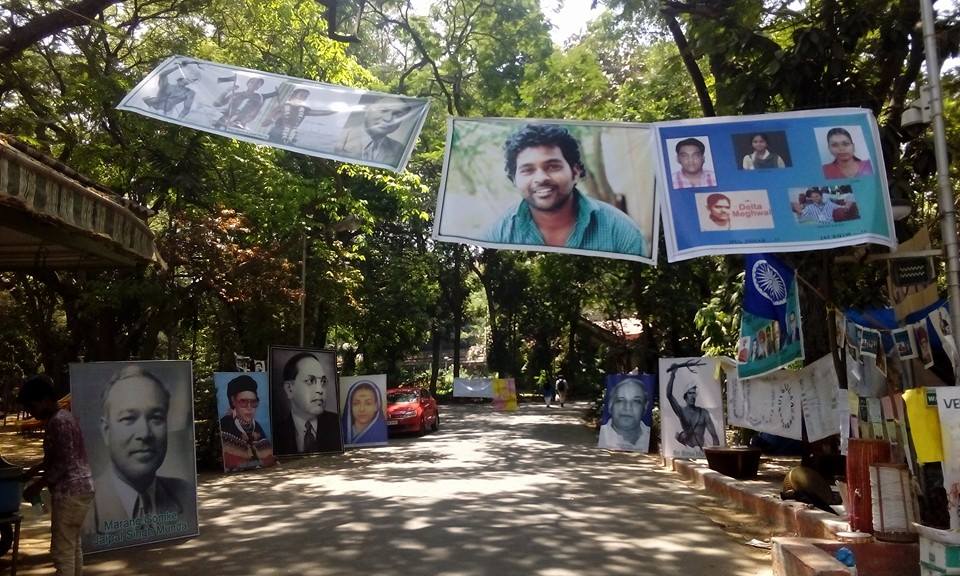Surya Shankar Dash
 Very often the Dongria Kondh elders refer to the Supreme deity Niyamraja as Dhammaraja. At first one thought it was a coincidence that Niyamraja was being referred to with a title also used for the Buddha. Much like early Buddhist art even the sacred Dongria Kondh art has no figures but only geometric patterns and tessellations.
Very often the Dongria Kondh elders refer to the Supreme deity Niyamraja as Dhammaraja. At first one thought it was a coincidence that Niyamraja was being referred to with a title also used for the Buddha. Much like early Buddhist art even the sacred Dongria Kondh art has no figures but only geometric patterns and tessellations.
All along the river Vansadhara and Nagabali, which originate from Niyamgiri hills upto Kalingapatnam where both rivers meet the Bay, are ancient Buddhist sites. And by the same river side and just a little more than 100 km away from Niyamgiri hills is Dantapuram, the ancient city where it is believed that the Buddha’s tooth was kept till it was taken to Singhala, i.e. modern day Sri Lanka. Dantapuram was the supposed to be the capital of Kalinga after it shifted from Toshali (modern day Bhubaneswar area) during the Gupta period.
Why didn’t any historian or anthropologist ever make these connections, and rather projected the Dongria Kondh as a ‘pre-agricultural primitive’ tribe whereas the tribe itself has always insisted that they are from a royal lineage? Even the academic literature that emerged recently during the movement against Vedanta aluminium does not make even a fleeting reference of the Dongria Kondh’s Buddhist connection.

Dantapuram is in Srikakulam district (Andhra Pradesh) and Niyamgiri is in Rayagada district (Odisha) and is that the reason nobody wants to bring forth this history, as it will not align well with the popular narratives that the Brahmin Savarnas of both the states have been peddling?
There are questions that haunt the mind, were the Dongria Kondh the royal families of the Kalinga civilization? Were they also instrumental in shaping Buddhist philosophy? Were they the custodians of the Buddha’s tooth? What is Niyamraja aka Dhammaraja’s connection to the Buddha?

Salihundam, ancient Buddhist site in Kalingapatnam, Srikakulam district, Andhra Pradesh
A large part of Odisha is mentioned as Kondistan, the country of the Kondh, in British colonial records and maps. Not only the history of Kondistan has been erased from collective memory and the mainstream historiography, the state of Odisha itself and the Odiya language is an erasure of Kondistan. One cannot expect the Brahmin Savarna of Odisha to ever acknowledge that the community, they have labeled as primitive and pre-agricultural, is in all likelihood the very architect of the Kalinga civilisation and a major contributor to Buddhism.
The hope is that soon the day shall come when Dongria Kondh history will emerge despite all the prejudices of the Brahmin and White anthropologists because Dongria Kondh youth are studying history in Universities and one of them will surely write the true history of the Dongria Kondh, the Kalinga civilization and Niyamgiri.
~~~
Surya Shankar Dash is a filmmaker working with the Adivasi movement against Vedanta in Niyamgiri and Tata steel in Kalinga Nagar. He was born in a Brahmin family but was witness to the horrors of Brahmnism from childhood within the family and outside and has ever since tried to fight his inherent Brahminisim, follow the way of the Buddha and for the last decade has been deeply influenced by Babasaheb Ambedkar.
Kalingapatnam (Salihundam) photo courtesy: George Puvvada (Wikipedia)










